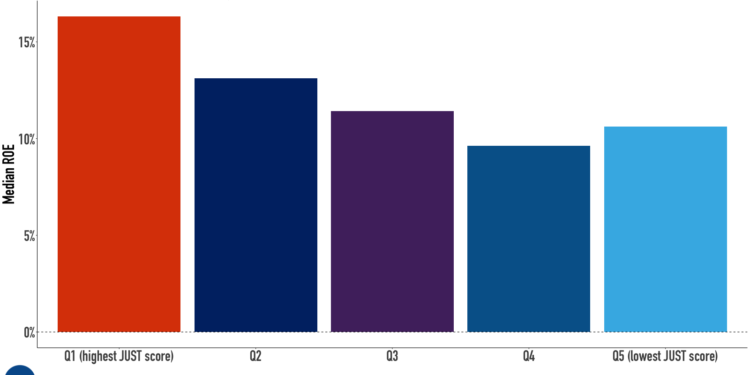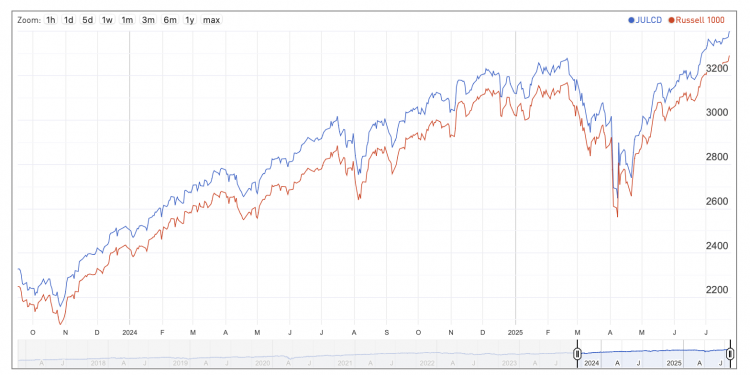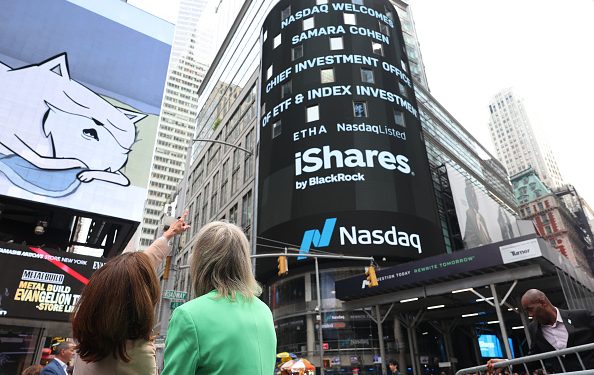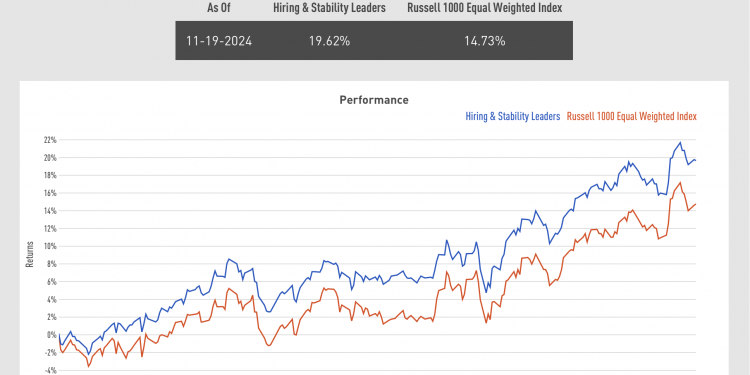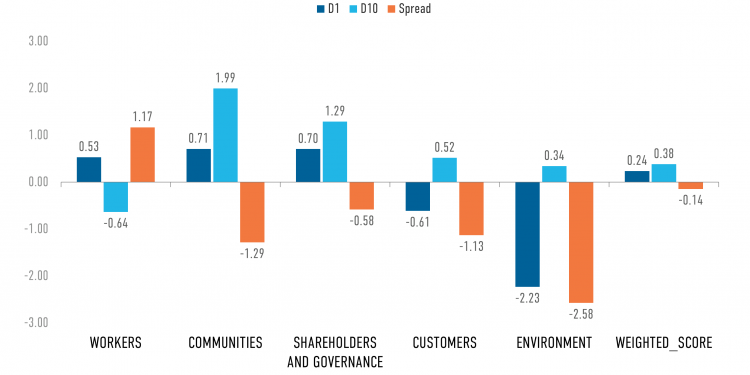Chart of the Week: ESG ETF Costs Present an Opportunity for The Next Frontier of Indexing
This week’s chart is drawn from a Wall Street Journal article, released on Wednesday, that explores the recent tidal wave of ESG funds and dives into the average expense ratios of U.S. equity ETFs.
The research, done in partnership with FactSet, homes in on how ESG ETFs are 6basis points more expensive than “Vanilla” or standard index-tracking ETFs like the SPY S&P 500 strategies. We see this is true in the chart below, but we also see at a broader level the wide range of fees paid for ETFs. Relative to plain-vanilla ETFs, there are higher fees for smart Beta strategies, ESG strategies, and multi-factor strategies, as they all require differentiated levels of analysis and factors that encapsulate a unique lens beyond a standard market cap-weighted, democratized index. At a high level, asset managers are aggregators of preferences, providing many options to investors to allocate the sleeves of their portfolios to strategies they believe have the highest conviction and align with their investment criteria.

ETFs have proven and continue to be an incredible vehicle for democratizing investing in an easy, low cost way. Retail investors today are able to open an app on their smartphones and buy into an investment fund of whatever flavor they prefer, with no investment minimum. What ETFs don’t provide, however, is investment customization. As ETFs have paved the way for index-based investing, the next frontier of “direct indexing” takes the idea one step further to allow for truly personalized investment portfolios.
Early this week, we dug into this more personalized approach to investing in a new article – The Future of ESG is Customized, Personalized, and Values-Driven – where we explore how technology, fractional shares, and commission-free trading are enabling the next frontier of investing.
Direct indexing allows investors to track an index – similar to an ETF – but customize that index to meet an investor’s personal values, such as the ability to exclude fossil fuels from a portfolio or to overweight companies with female leaders. As for how the fees stack up, Bloomberg reports that direct-indexing products typically cost about 0.15-0.35%, putting fees right within range of standard ESG ETFs and cheaper than actively managed ESG ETFS. Direct indexing is a trend that continues to scale – O’Shaughnessy Asset Management, a quant-based money management firm in Stamford, CT., announced that its custom indexing platform Canvas has reached more than $1 billion in assets under management since launching a year ago.
JUST Capital recognizes the need for personalization, partnering in the last two months to launch a direct index fund with Natixis geared toward addressing racial equity, as well as announcing a partnership this week with Seeds, a fintech firm that empowers financial advisors to customize ESG portfolios for their clients. As these trends in ESG grow, investors will continue to seek personalization in their investment options.
If you are interested in supporting our mission, we are happy to discuss data needs, index licensing, and other ways we can partner. Please reach out to our Director of Business Development, Charlie Mahoney, at cmahoney@justcapital.com to discuss how we can create a more JUST economy together.

